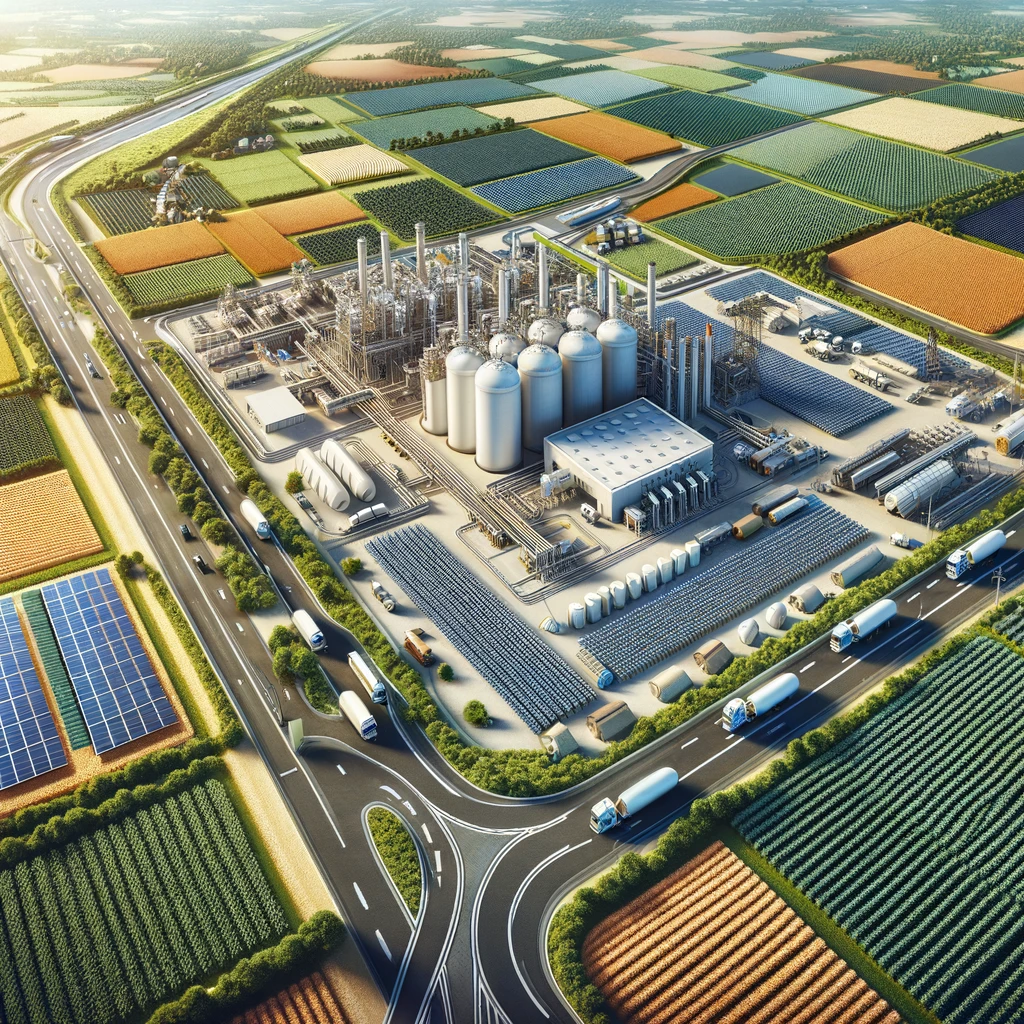The quest for sustainable energy solutions is driving innovation across various sectors, with the compressed biogas (CBG) industry at the forefront. CBG offers a renewable alternative to conventional fossil fuels, harnessing organic waste to produce energy. However, the efficiency and success of CBG operations depend heavily on precise planning and management. Here, Geographic Information Systems (GIS) for CBG plays a pivotal role, enhancing various aspects of the industry from logistics to environmental compliance. This blog delves into the transformative impact of GIS for CBG, illustrating its critical applications in the industry.
Understanding the Role of GIS for CBG
GIS for CBG refers to the specialized use of geographic information systems to manage and optimize the compressed biogas production and distribution chain. This technology enables the integration of spatial data with operational processes, providing a visual and analytical approach to decision-making in the CBG industry.
1. Strategic Siting of CBG Production Facilities
Selecting the right location for CBG production plants is crucial for operational efficiency. GIS for CBG helps in identifying the best locations by analyzing spatial data on raw material availability, land use, transport networks, and proximity to markets. This ensures reduced transportation costs, optimal resource utilization, and minimal environmental impact.
2. Efficient Feedstock Management
A major advantage of GIS for CBG is its ability to manage feedstock sourcing effectively. By mapping out sources of organic waste, GIS for CBG assesses their potential based on quantity, quality, and availability. This includes analyzing agricultural waste, municipal waste, and other organic materials, which are crucial for consistent CBG production.
3. Minimizing Environmental Footprints with GIS for CBG
Environmental sustainability is a cornerstone of the CBG industry. GIS for CBG facilitates a comprehensive environmental impact analysis by integrating data on local ecosystems, residential areas, and natural resources. This helps in planning production in a way that respects environmental boundaries and regulatory requirements.
4. Optimizing CBG Supply Chain Logistics
The logistics of collecting and distributing CBG can be complex and costly. GIS for CBG enhances supply chain efficiency through sophisticated route planning and fleet management systems. By optimizing travel routes and schedules, GIS for CBG not only reduces operational costs but also improves service delivery to end-users.
5. Market Expansion and Consumer Insights
GIS for CBG also serves as a powerful tool for market analysis. By overlaying demographic data and economic indicators with existing service areas, GIS for CBG helps businesses identify untapped markets and understand consumer needs. This data-driven approach supports strategic expansion and competitive positioning in the market.
6. Risk Management and Disaster Preparedness
The ability to manage risks and respond to disasters is enhanced by GIS for CBG. This technology enables real-time monitoring and predictive analytics for potential hazards, such as extreme weather conditions, allowing CBG operators to implement proactive measures and ensure continuous operation.
Conclusion
GIS for CBG is not just a technological tool; it is a strategic asset that can significantly enhance the efficiency, sustainability, and profitability of the compressed biogas industry. By integrating GIS for CBG, businesses can make informed decisions, optimize operations, and expand strategically. As the demand for renewable energy sources like CBG grows, adopting GIS for CBG will be key in navigating the challenges and seizing the opportunities in this dynamic sector.
Call to Action
For CBG companies looking to harness the full potential of GIS, partnering with GIS experts and investing in robust GIS solutions are crucial steps. Embracing GIS for CBG means turning complex geographic data into actionable insights that drive innovation and success in the renewable energy landscape.







